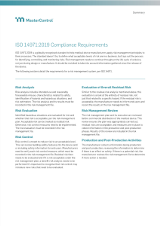ISO 14971 Medical Device Risk Management and Standards
ISO 14971 is the risk management standard for medical devices. This includes software as a medical device and in vitro diagnostic medical devices. It contains a structured approach for effective medical device risk management.


